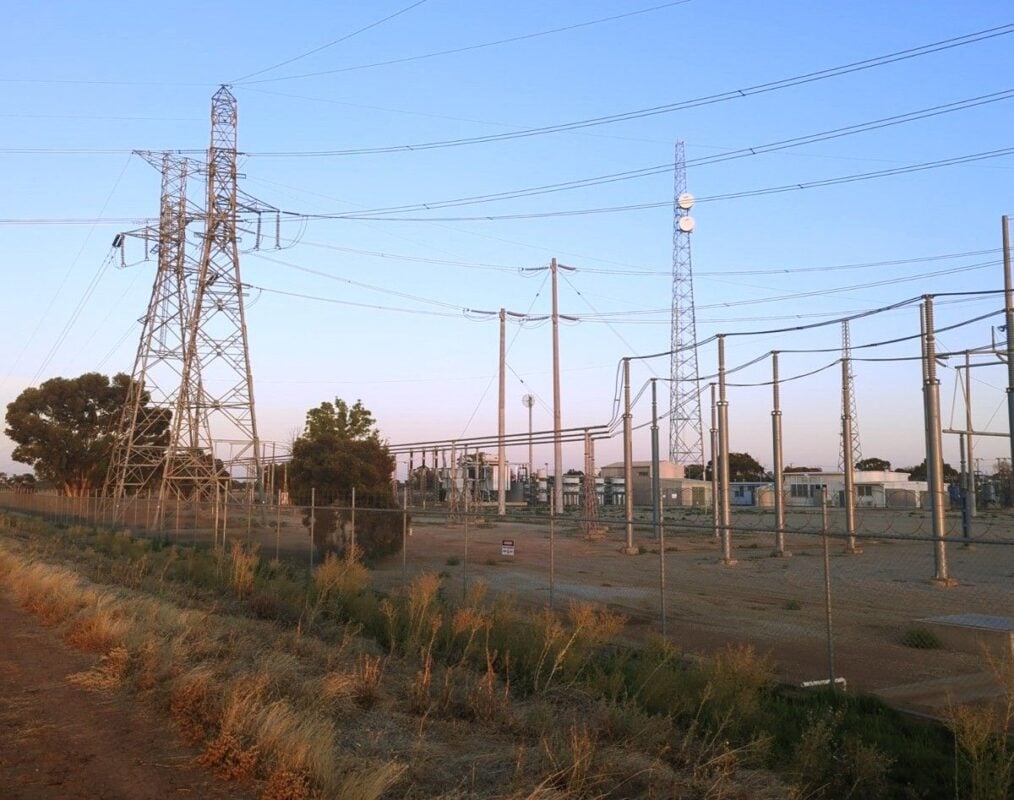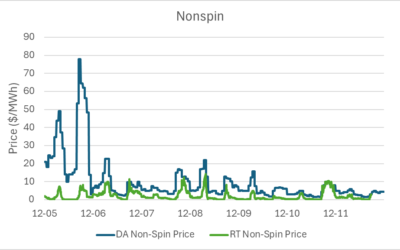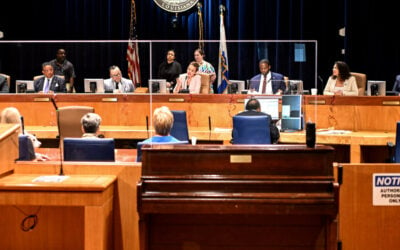
Developer ACE Power has confirmed the sale of the 103MW/206MWh Kerang grid-forming battery energy storage system (BESS) in the Loddon Valley region of Victoria, Australia.
ACE Power described the BESS as a ready-to-build development. It confirmed it has been sold to Banpu Energy Australia, a subsidiary of the Thailand-based energy firm Banpu Public Company.
Banpu recently secured a 50% share in EnergyAustralia’s 350MW/1,400MWh Wooreen BESS being built within the Latrobe Valley, Victoria, in part to replace EnergyAustralia’s 1,450MW Yallourn coal-fired power station, which is scheduled for retirement in mid-2028.
According to ACE Power, the Kerang project is among the earliest batteries nationwide to receive approval from AEMO to operate in grid-forming mode from the date of commissioning. Construction of the Kerang BESS is expected to commence in 2025, with commissioning to follow.
Try Premium for just $1
- Full premium access for the first month at only $1
- Converts to an annual rate after 30 days unless cancelled
- Cancel anytime during the trial period
Premium Benefits
- Expert industry analysis and interviews
- Digital access to PV Tech Power journal
- Exclusive event discounts
Or get the full Premium subscription right away
Or continue reading this article for free
Once commissioned, the battery is expected to have an operational lifespan of approximately 15-20 years, with potential for component replacement to extend its useful life further.
ACE Power founder and managing director, Andy Scullion, hailed the use of grid-forming inverters in the Kerang BESS.
“Using grid-forming inverter technology, Kerang BESS will provide stronger support to the Victorian electricity network by boosting system strength and resilience. This will also unlock additional capacity for other renewable energy technologies such as solar and wind to come online,” Scullion said.
Grid-forming battery storage in Australia
Grid-forming BESS differs from traditional battery storage systems in its ability to actively stabilise the grid by mimicking the behaviour of synchronous generators.
These systems are designed to support the grid’s operational continuity and ensure uninterrupted power supply, even during grid outages.
They often set their own internal voltage waveform reference and can synchronise with the grid or operate independently of other generation sources. This makes them ideal for maintaining system strength in a renewables-dominated grid.
One key aspect of a grid-forming BESS is its ability to provide synthetic inertia to maintain the grid’s frequency. Coal, gas, and hydropower plants have traditionally provided this inertia to the grid.
However, with the impending withdrawal of coal-fired power, attention has been diverted to emerging technologies that could replace this, such as grid-forming battery storage or synchronous condensers.
Interest in grid-forming inverters has continued to grow in Australia. This recently saw Fluence’s Rob Hills, APAC vice president of engineering and commissioning, and Sam Markham, growth manager, Australia and New Zealand, deem the technology a trend in the NEM for the foreseeable future.
Tesla’s head of business development and sales, Megapack APAC, Shane Bannister, said last month at the Clean Energy Council’s Australian Clean Energy Summit 2025 in Sydney that “I don’t think we’re [Tesla] going to sell another battery in Australia that’s not grid-forming.”
Examples of grid-forming BESS in Australia include the likes of French independent power producer (IPP) Neoen’s 540MWh Western Downs stage one BESS in Queensland, Australian energy major AGL Energy’s 2,000MWh Tomago BESS in New South Wales, and specialist infrastructure investor Sosteneo’s 370MWh Koorangie BESS in Victoria.
The topic is set to be explored at the upcoming Battery Asset Management Summit Australia 2025, which is set to take place on 26-27 August in Sydney next week.
Elgin Energy sees 280MWh solar-plus-storage site fast-tracked by Victorian government
In other news, another renewable energy developer in Australia, Elgin Energy, has seen a 280MWh solar-plus-storage site in Victoria selected to be fast-tracked via the state government’s Development Facilitation Program.
The Ballantine Solar Farm is being developed near Bairnsdale in the Gippsland region of Victoria. The project will combine an 85MW solar PV power plant with a 70MW/280MWh 4-hour duration BESS.
The solar-plus-storage site will span approximately 117 hectares, with 99 hectares designated as developable area. The installation will feature around 118,000 ground-mounted solar modules on land currently used for agricultural activities, including cattle grazing.
Victoria’s planning minister, Sonya Kilkenny, announced the project’s fast-tracking following extensive consultation with neighbouring properties and relevant government agencies, including the Country Fire Authority.
“This approval reflects the ongoing success of the Development Facilitation Program – cutting red tape that will help cut down power bills faster,” Kilkenny said.
The Development Facilitation Program, which was expanded last year to include renewable energy projects, aims to speed up the development of critical infrastructure projects in Victoria. Before its inclusion, projects had to pass through the Victorian Civil and Administrative Tribunal, which saw around 20% of these projects delayed by around two years.
The initiative has been instrumental in expediting renewable energy projects. However, it’s worth noting that projects requiring an Environmental Effects Statement cannot use the Development Facilitation Program pathway.
Over the past few months, the government has selected several BESS sites for inclusion in the scheme, including another site being pursued by Elgin Energy. For instance, in April 2025, Energy-Storage.news reported that Elgin Energy’s 500MWh Barwon Solar Farm, a solar-plus-storage site, had been selected for the initiative.
Developer Birdwood Energy saw a 1.8GWh BESS fast-tracked by the government earlier this year via the Development Facilitation Program.
In April 2024, Copenhagen Infrastructure Partners (CIP) acquired a majority stake in Elgin Energy, investing £250 million (US$336 million) to help the company deliver and expand its existing solar PV and battery portfolio across the UK, Australia, and Ireland.
The Ballantine Solar Farm aligns with Victoria’s broader renewable energy targets and transition plans, which aim to achieve 95% renewable energy by 2035.





